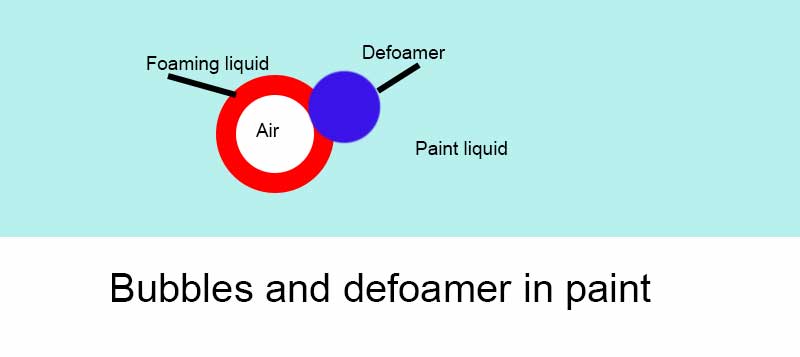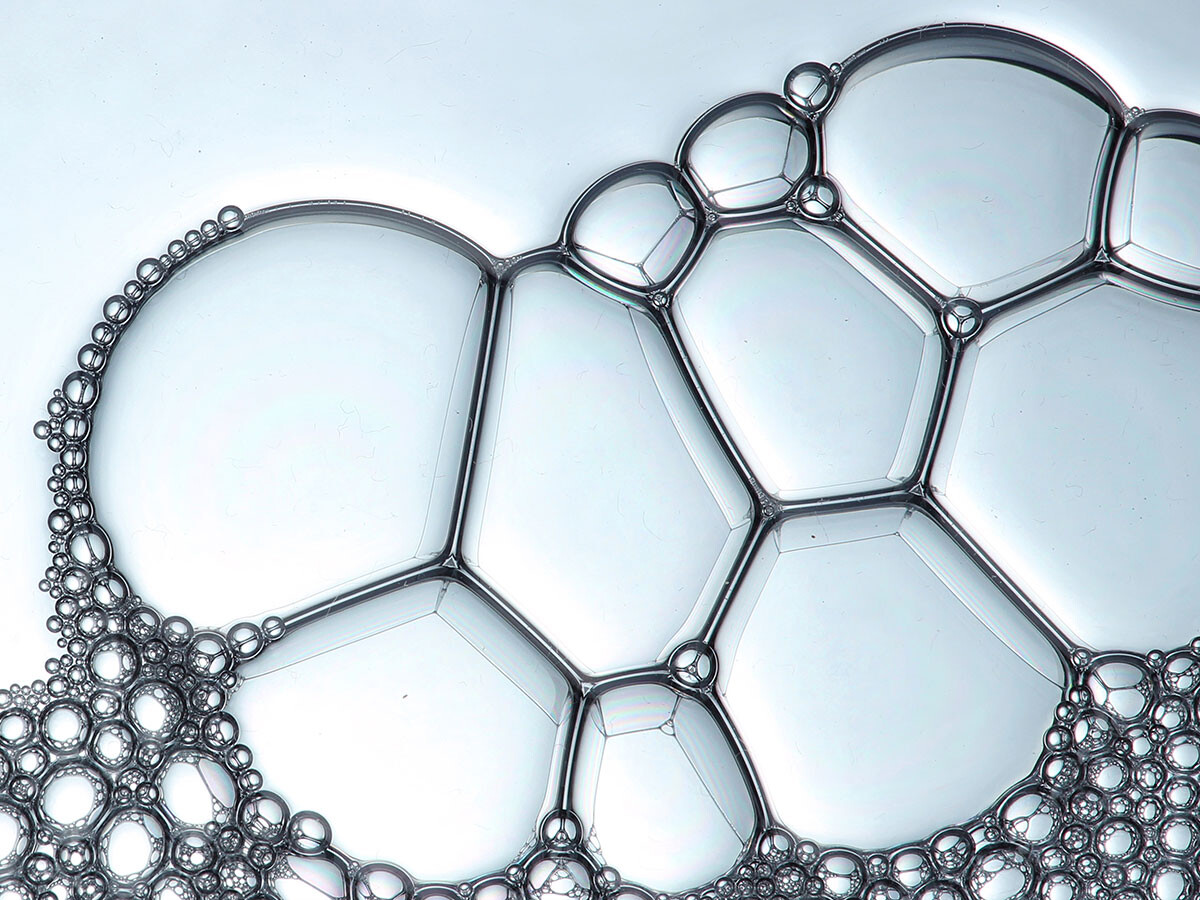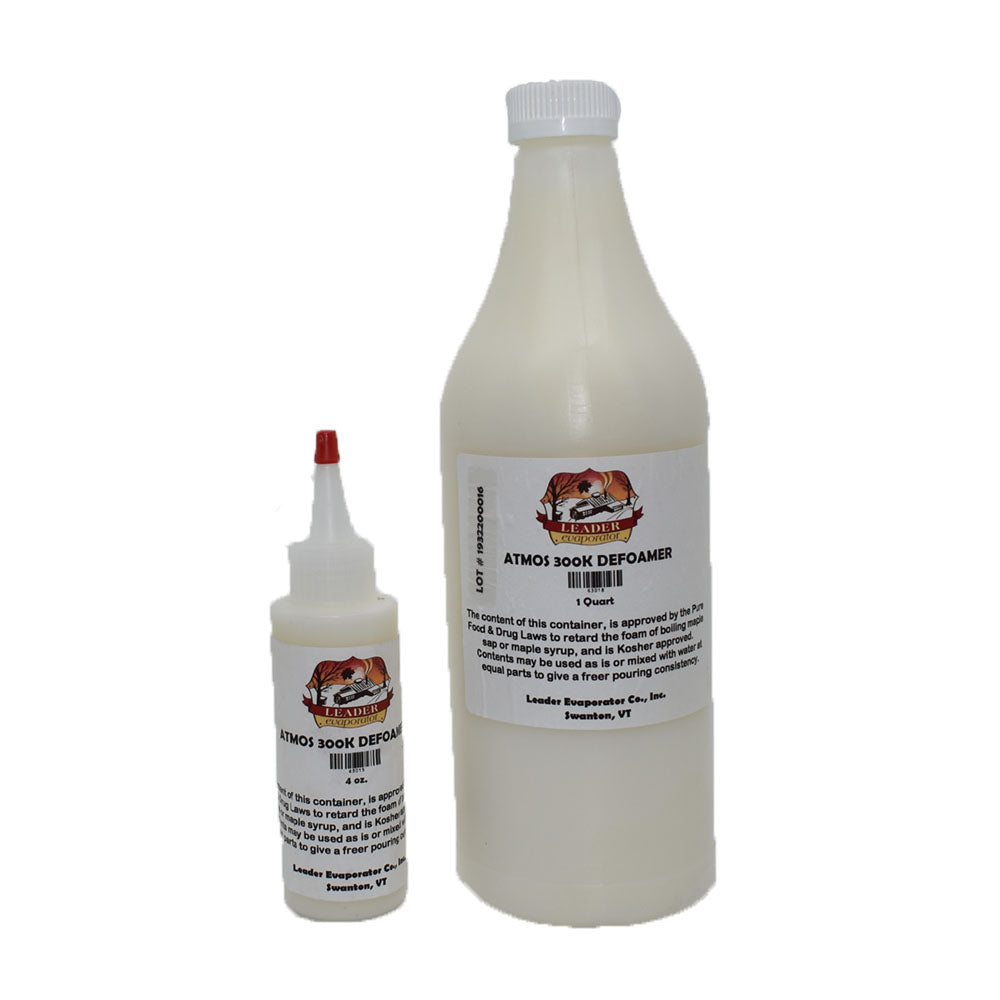The Role of Defoamers in Enhancing Item Top Quality and Efficiency
In different making procedures, the presence of foam can significantly hinder item quality and functional effectiveness. Defoamers work as essential ingredients that reduce this concern, ensuring smoother manufacturing operations while improving the useful and aesthetic qualities of the final products (defoamers). Their application covers a wide variety of sectors, from food and beverage to pharmaceuticals, where consistency and dependability are critical. The selection of the suitable defoamer can be critical to attaining optimal results, elevating vital inquiries about formulation compatibility and performance metrics that merit further expedition.
Comprehending Defoamers
Recognizing the duty of defoamers is necessary for maintaining item quality throughout different industries. Defoamers are chemical additives made to stop the development and reduce of foam in liquid systems, which can detrimentally affect processes such as mixing, loading, and surface stress. Foaming can cause ineffectiveness, product flaws, and compromised aesthetic allure, making defoamers a vital element in making operations.
In commercial applications, defoamers aid to enhance product consistency and security. The effective usage of defoamers not only ensures smoother manufacturing processes but additionally contributes to superior product performance.
In addition, the option and formulation of a defoamer have to line up with certain application needs, such as compatibility with various other ingredients, effectiveness under differing temperature and pH conditions, and potential governing restrictions. Eventually, understanding defoamers' features and their importance in various formulations is critical for enhancing production and ensuring the finest final product.
Kinds of Defoamers
Defoamers can be categorized right into a number of kinds based upon their make-up and mechanism of activity. The primary types include silicone-based, non-silicone organic, and not natural defoamers.
Silicone-based defoamers are among one of the most reliable, largely due to their capacity to spread out promptly on the fluid surface and disrupt foam formation. Their one-of-a-kind chemical framework permits for superior stability, making them ideal for high-temperature applications and settings with varying pH degrees.
Non-silicone natural defoamers, usually made up of natural oils or fats, are valued for their biodegradability and lower toxicity. These are generally made use of in food and beverage applications where safety and ecological influence are paramount.
Inorganic defoamers, which include materials like talc or calcium carbonate, act by boosting the density of the fluid, thus lowering foam security. They are commonly made use of in commercial procedures where compatibility with various other materials is not a concern.
Each kind of defoamer has distinctive benefits and limitations, permitting tailored services relying on the certain foaming concerns come across in numerous applications. Recognizing these distinctions is vital for enhancing performance and achieving wanted product quality.
Applications Across Industries
Many industries utilize defoamers to enhance product high quality and functional performance. In the food and drink field, defoamers are crucial in processes such as brewing and dairy products production to stop foam development, which can bring about ineffectiveness and item disparity. By regulating foam, suppliers can make certain much better you could check here yield and an extra consistent product.
In the pharmaceutical market, defoamers play an essential duty in the formulation of fluid medicines, where extreme foam can impede blending and accurate application. Their use aids preserve the integrity of the formulations and promotes smoother production procedures.
The paint and coatings industry also counts on defoamers to enhance the efficiency of products during application. By minimizing foam, these additives make certain a smoother coating and improve the aesthetic qualities of the final item.

Benefits of Utilizing Defoamers
While the application of defoamers varies throughout industries, their advantages constantly boost product quality and procedure effectiveness. One significant advantage is the reduction of foam development throughout making procedures, which can otherwise result in manufacturing hold-ups and inconsistencies in product quality. By reducing foam, defoamers make it possible for a smoother flow of materials, promoting much more efficient operations and lowering the likelihood of devices breakdowns.
In addition, the use of defoamers can improve the appearance and texture of end products. In markets such as finishes, paints, and food handling, excessive foam can endanger the aesthetic aesthetics and general high quality, while the appropriate defoamer application guarantees an uniform coating and desirable features. Defoamers can add to set you back savings by lowering waste throughout manufacturing and optimizing the usage of raw products.

Choosing the Right Defoamer
Picking the right defoamer is crucial for optimizing manufacturing procedures and making sure product high quality. The selection of defoamer affects not just the performance of foam control but likewise the total performance characteristics of the last item. Variables to think about include the type of application, the chemistry of the formula, and the ecological conditions under which the product will certainly be used.
Different sectors might call for details defoamer types, such as silicone-based, organic, or polymeric defoamers. Understanding the compatibility of the defoamer with the primary components is important to prevent unfavorable reactions that might endanger product integrity. Additionally, the defoamer's performance in link numerous temperature levels and pH levels should be evaluated to make sure consistent performance.
Testing the defoamer in small-scale read this applications can offer valuable insights into its performance and suitability. Consideration of regulatory compliance, specifically in food, drugs, and cosmetics, is vital in choosing a defoamer. Eventually, an extensive evaluation of these elements will certainly result in the choice of a defoamer that not only regulates foam successfully yet likewise improves the high quality and performance of the last product.
Conclusion

Finally, defoamers are essential ingredients that substantially enhance item quality and efficiency throughout different industries. By efficiently reducing foam development, these representatives not only improve functional effectiveness but likewise contribute to the functional and aesthetic integrity of products. The critical choice and application of defoamers lead to cost financial savings, enhanced resource usage, and boosted consumer contentment. Overall, the importance of defoamers in industrial processes can not be overstated, as they play a vital function in accomplishing constant and high-grade outcomes.
Foaming can lead to inefficiencies, item flaws, and compromised visual allure, making defoamers a vital component in manufacturing operations.

Comments on “How Defoamers Help Improve Performance in Coatings and Paints”